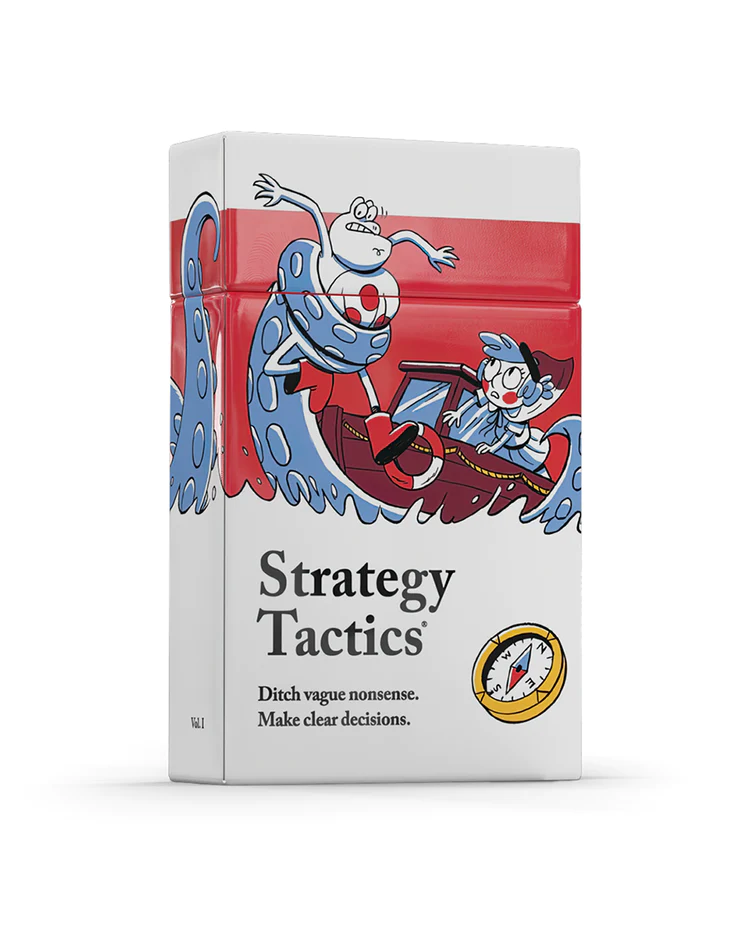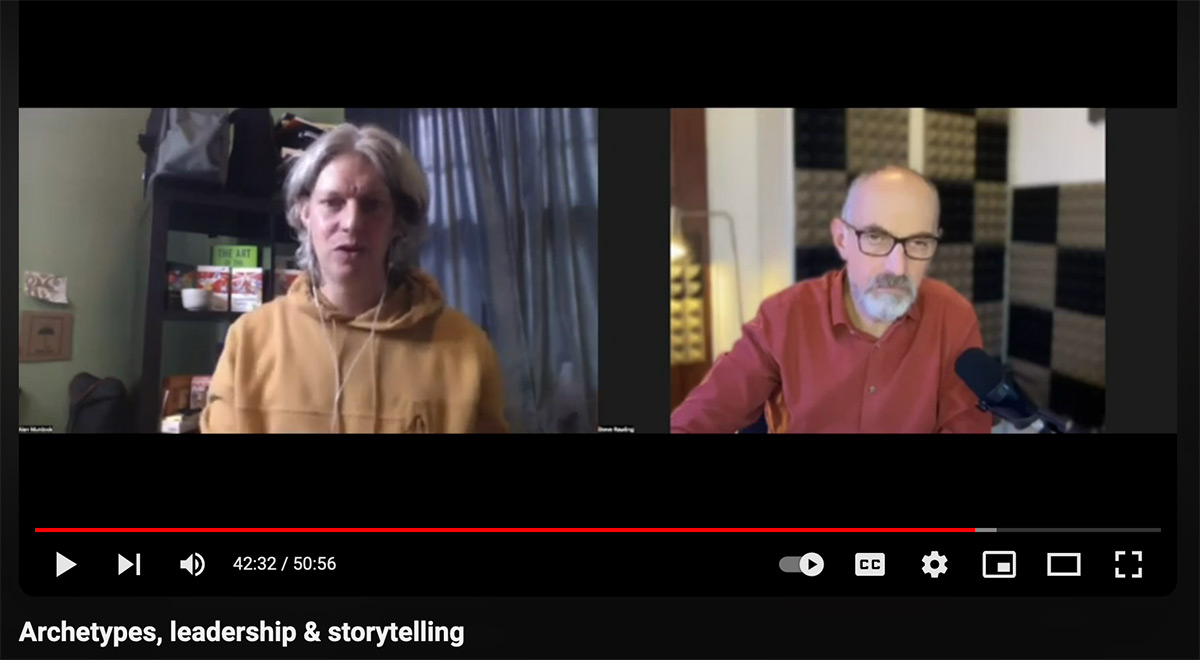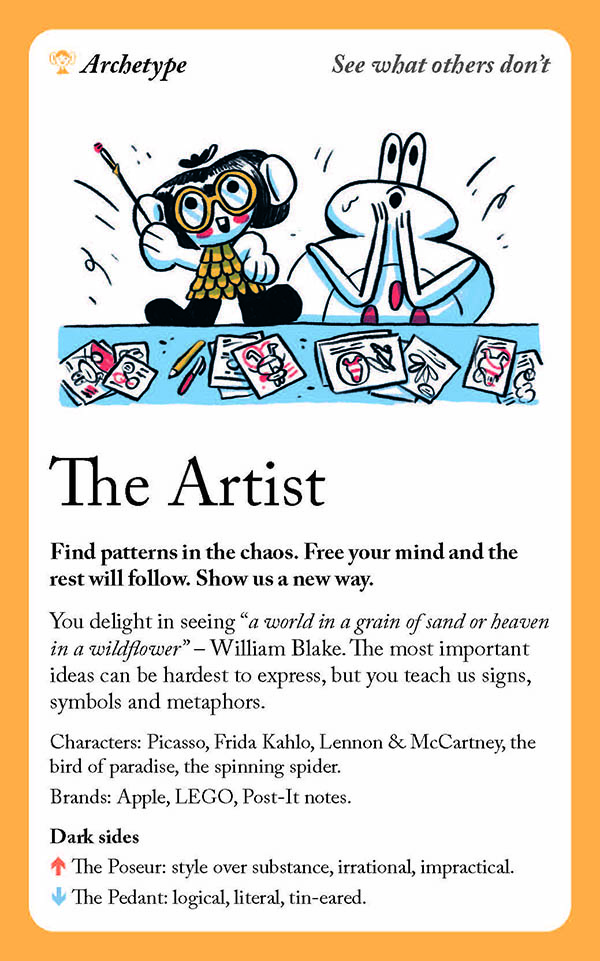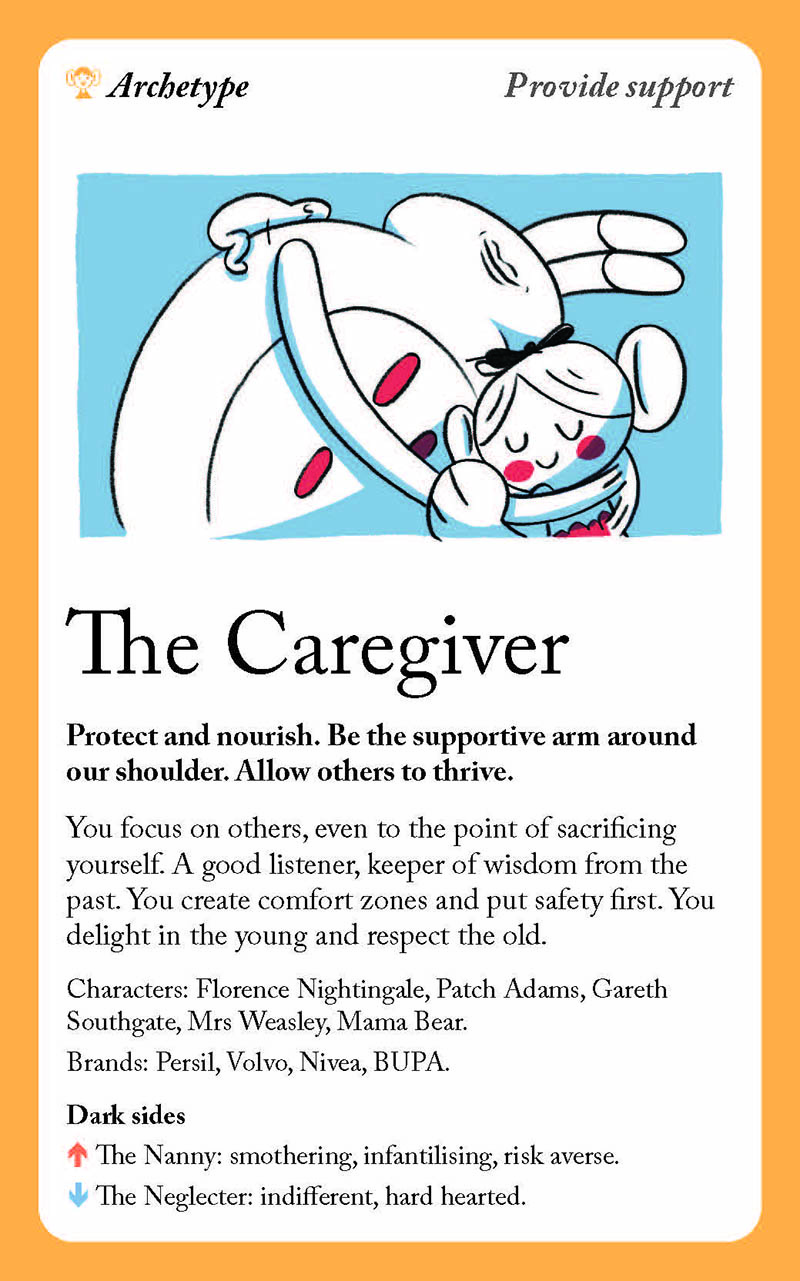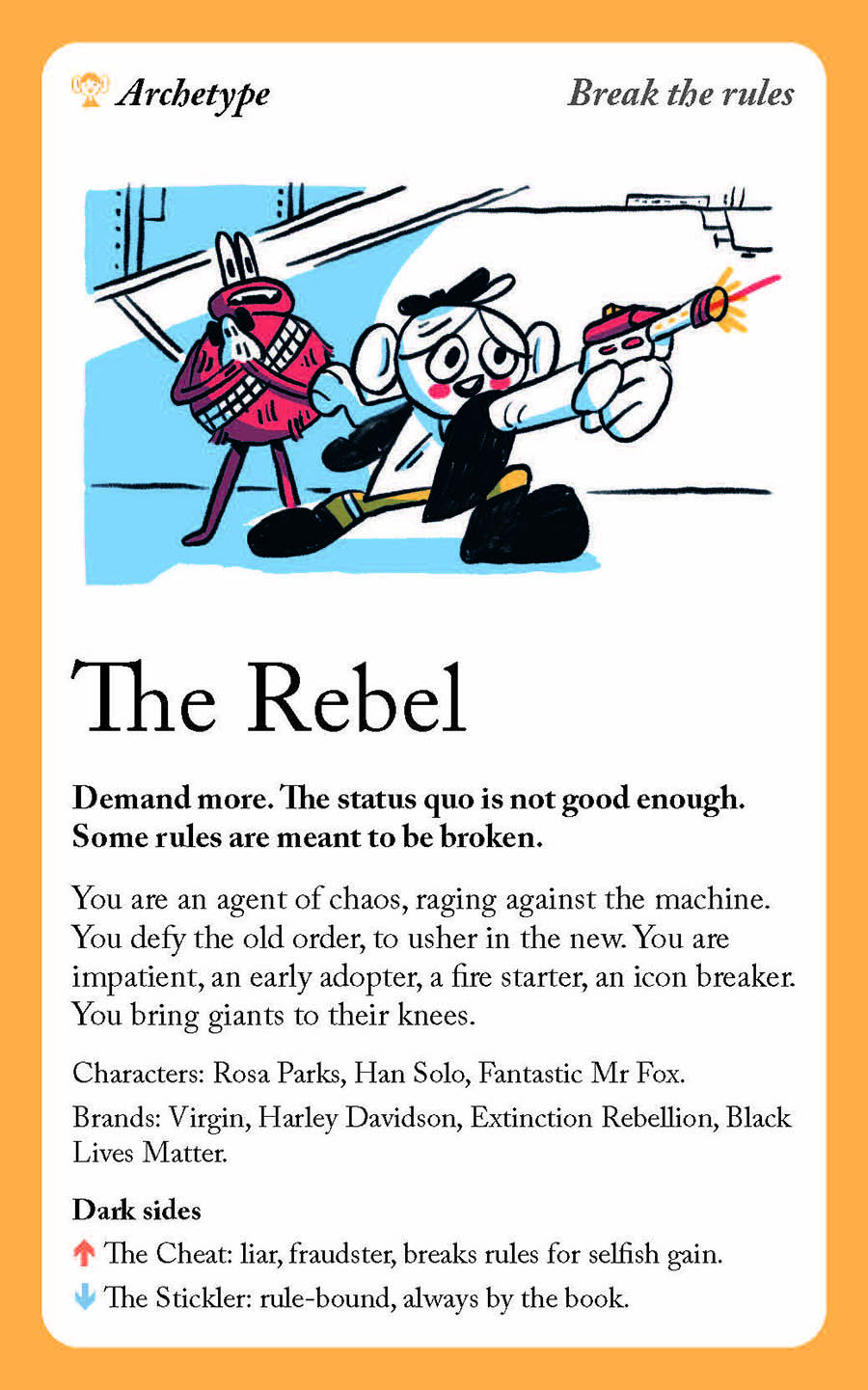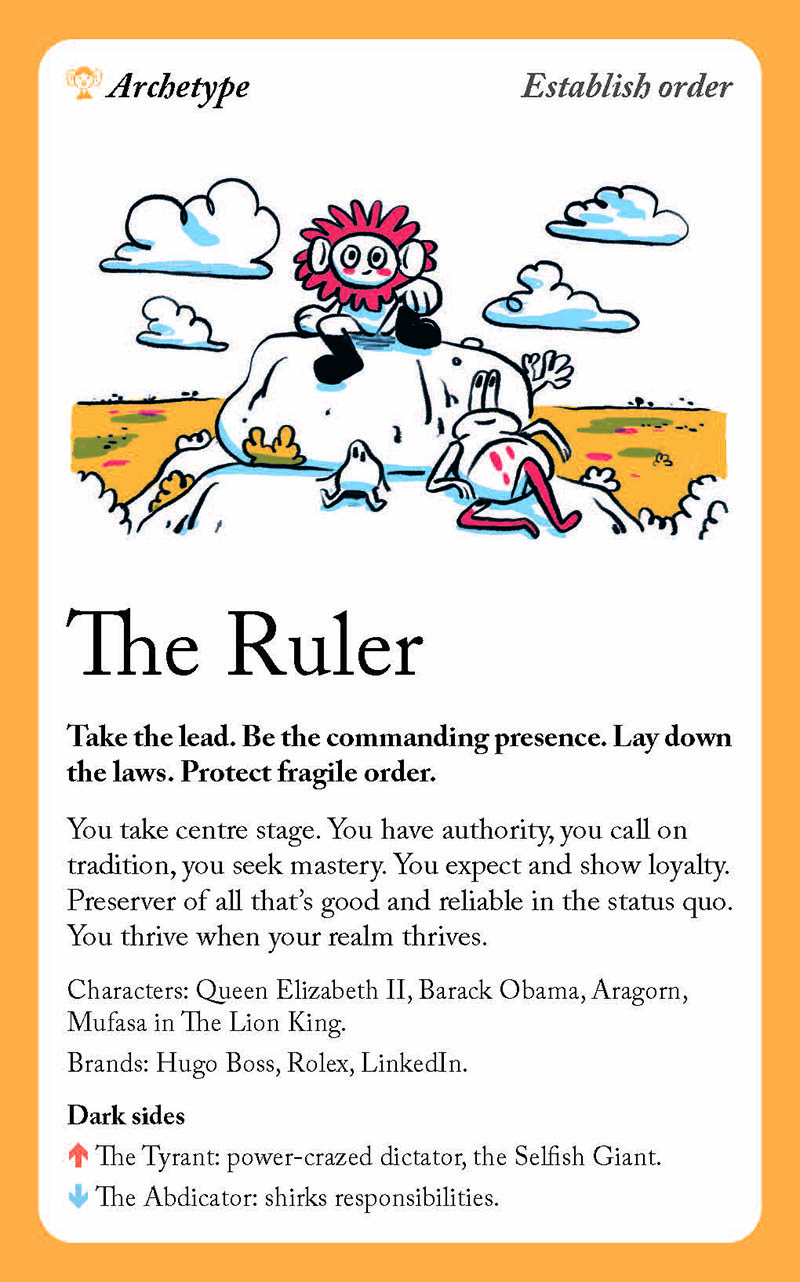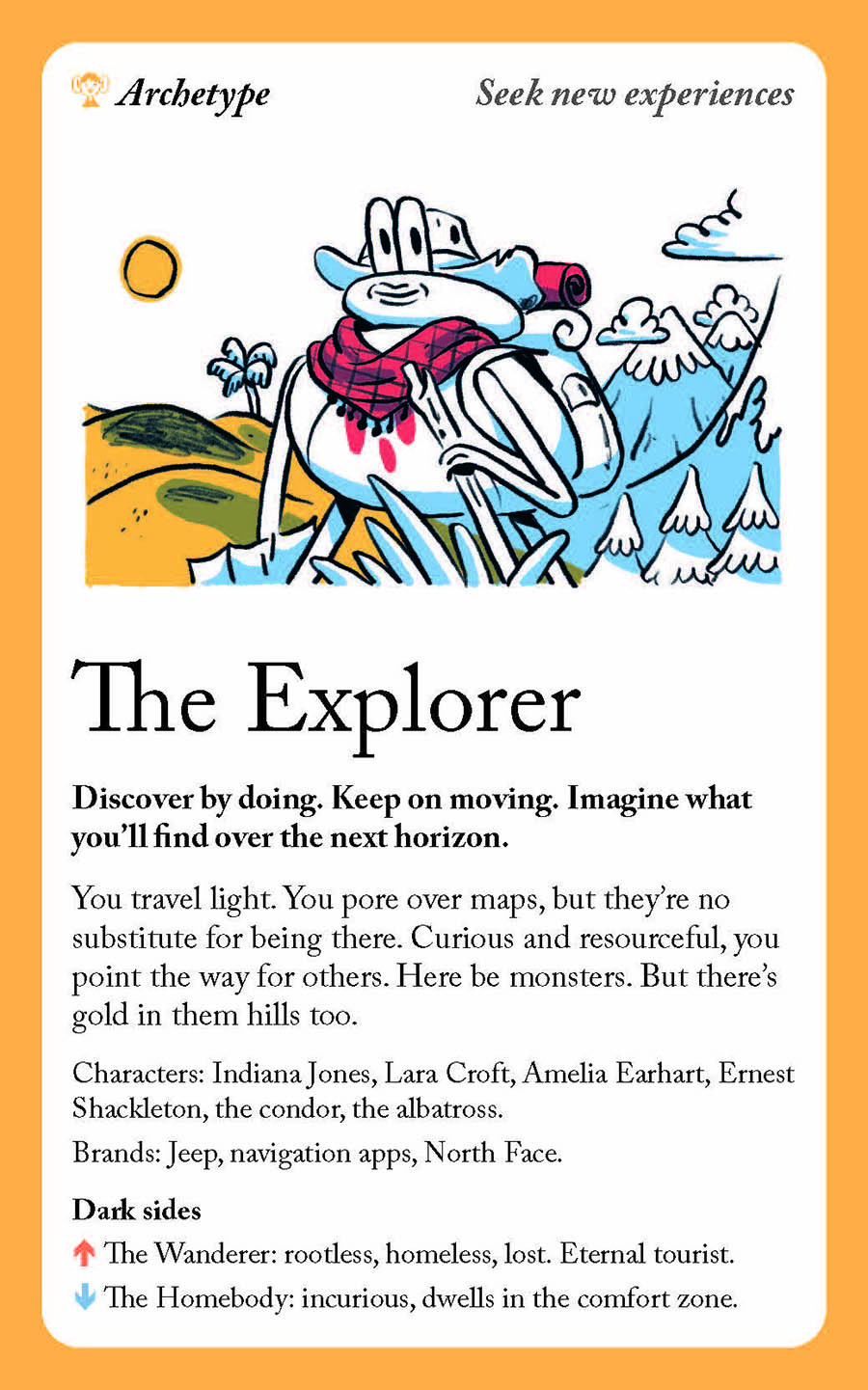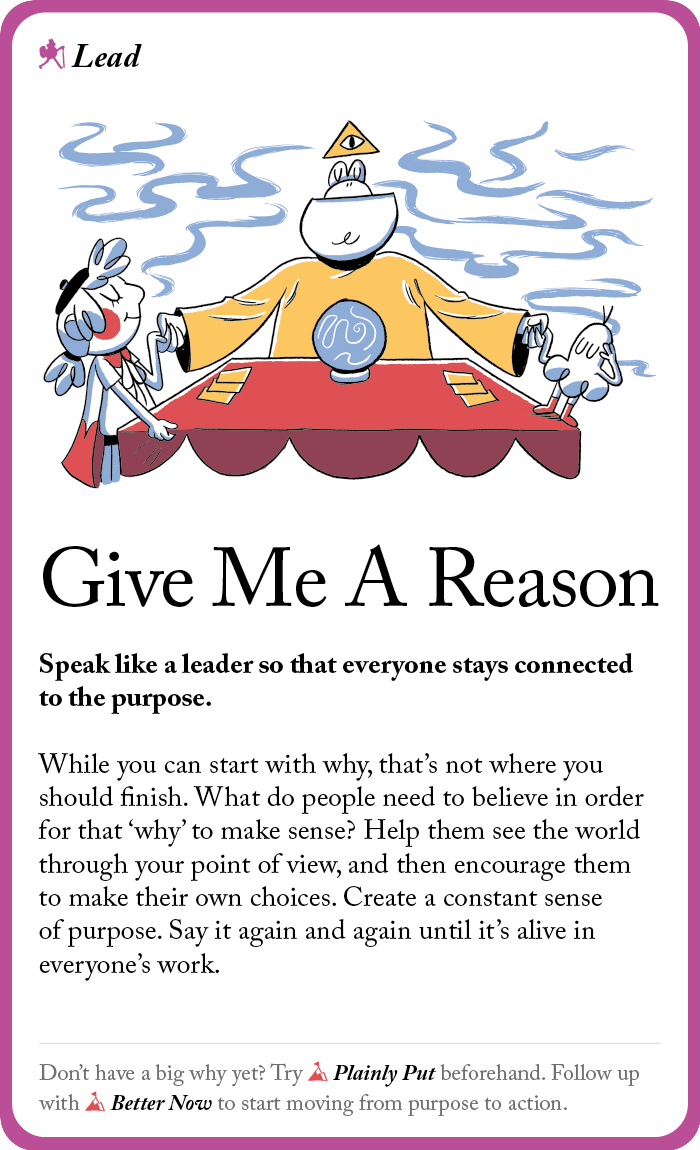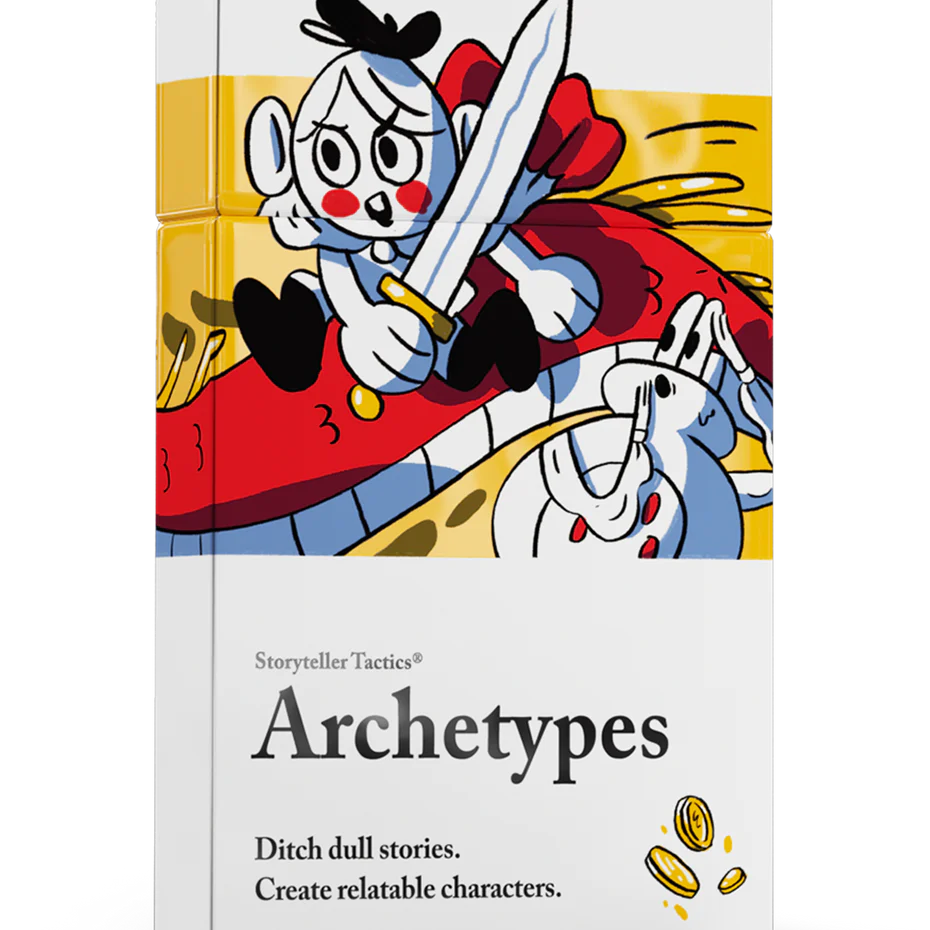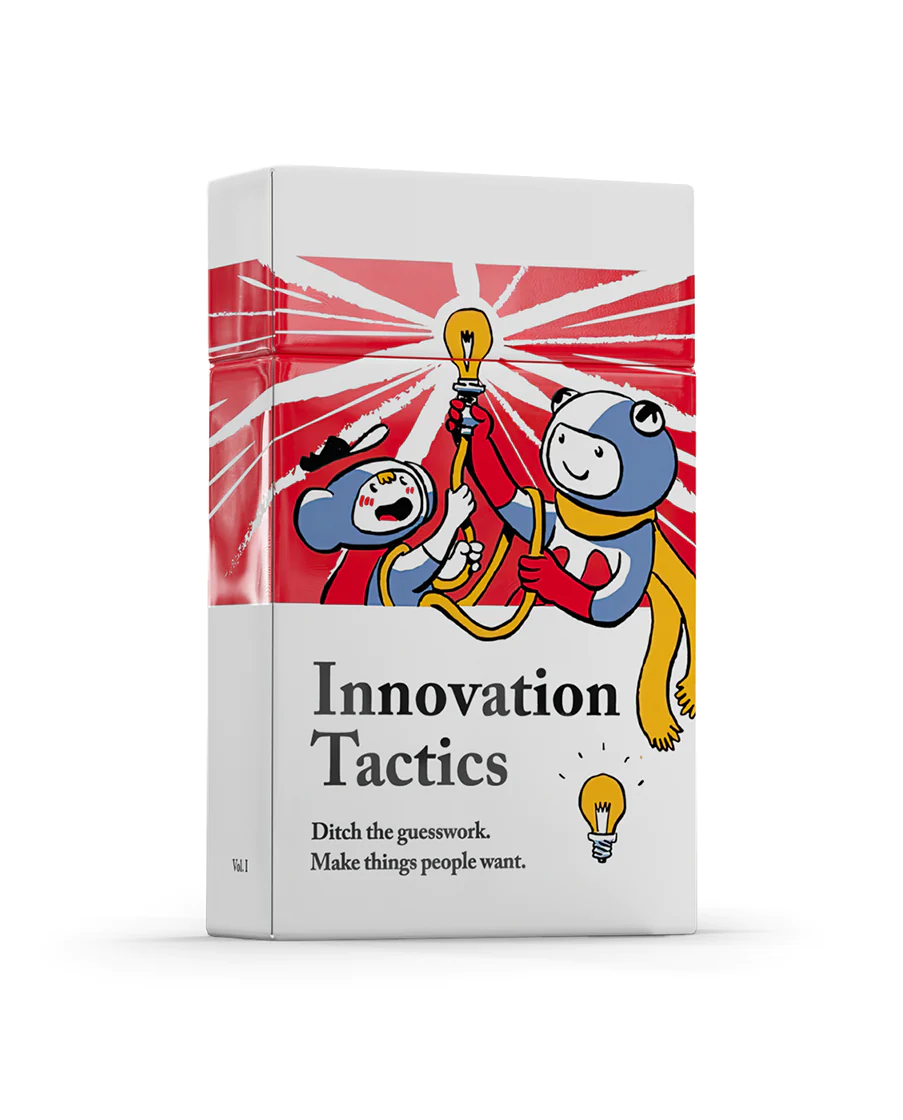Can Archetypes Improve Strategy?
Shift from a formulaic approach to strategy to one based on human dynamics.
Masters of Business Administration programs teach managers a structured way to break down risk and to evaluate next steps, but that approach can create actions and results tat are rather wooden. The Pip Decks toolsets, such as the Strategy Tactics deck provide a new way to think about strategy, but the company is always thinking about new ways of improving processes. Archetypes improve strategy. When you mix the new Archetypes deck with the Strategy Tactics deck, you gain a new way of evaluating how a variety of personality types and underlying drivers result in unique responses to your strategic decision-making.
Strategy, historically, has not been the most relational practice in the world. Take “The Art of War” by Sun Tzu. It’s all about one-upmanship and winning at all cost, including trickery. Business wants to behave strategically, but is a model built on war, competition, and dominating space really the best model?
The Strategy Tactics deck takes a different approach. Being strategic, according to this model, has to do with human dynamics, the people an organization serves, the chain of benefits provided, and the position of elements of your product or service in relation to the product lifecycle. It draws on a model called Wardley Mapping, and gives traditional strategic maps more dimension.
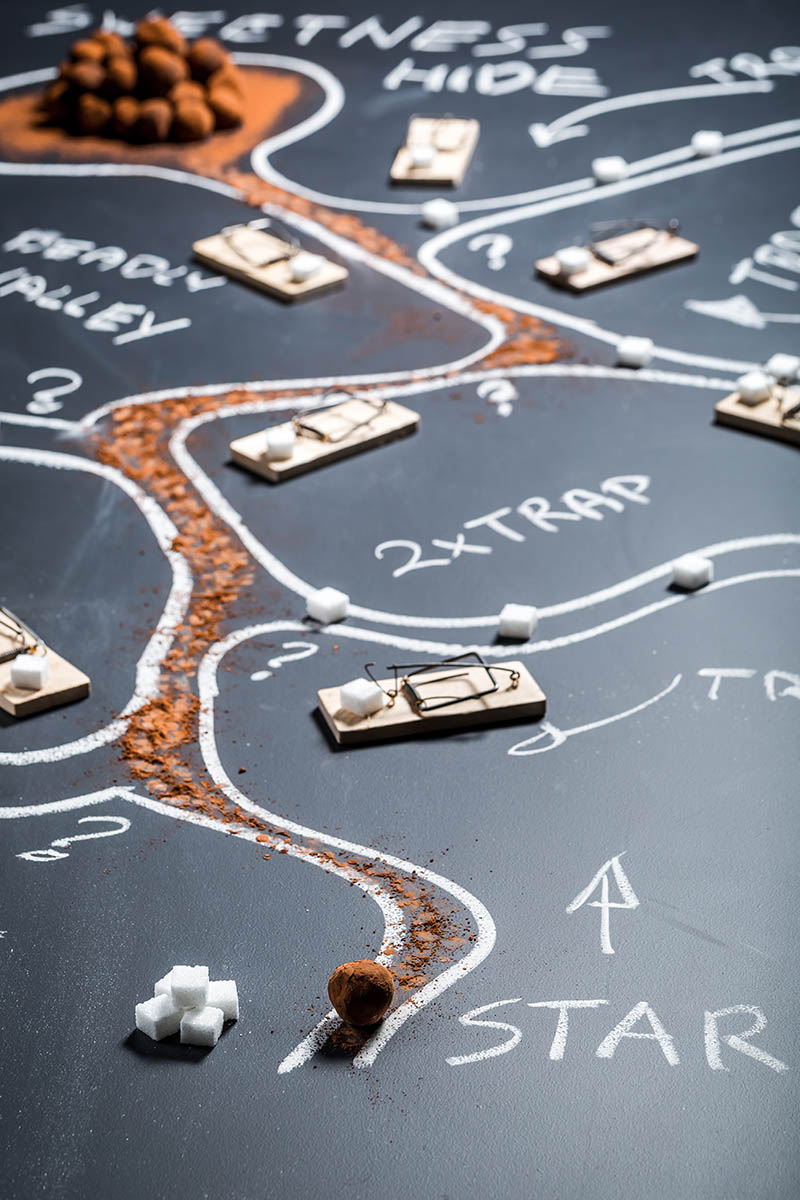
What are archetypes and can archetypes improve strategy?
Join Pip Decks author Steve Rawling and Murdock Media Production Founder Alan Murdock exploring character development using the Pip Decks Storyteller Archetype cards.
Where did Archetypes come from and how can archetypes improve strategy?
To counteract the idea that there is only one way to be strategic, innovators can apply archetypes. The twelve archetypes emerge from human drives—creativity, leadership, support, and cameraderie, among others. The archetypes can be seen as shaping the behaviors people express.
By using archetypes in conjunction with strategy we can examine how individuals with an array of motivators may respond to our strategic work.
Let’s examine a few Strategy Tactics cards to see how archetypes can improve strategy
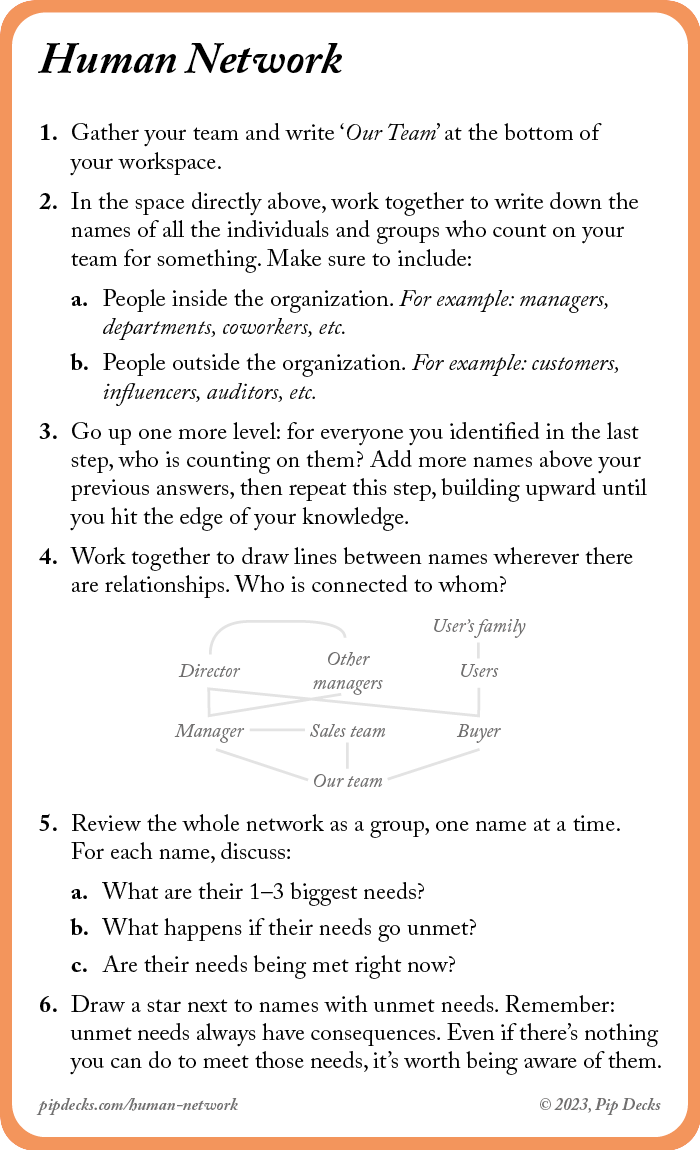
Human Network
The human network are the people within and outside of your organization that make up the whole process of serving customers through your offer. As you can see, the process ladders up and down the value chain representing dependencies, needs, roles, and responsibilities between people.
When we add archetypes to this mix we can examine an additional set of questions – what traits motivate this individual or role? What are their hopes and expectations? How might each archetype initiate, respond, relate to, or rebel against the order of people, wants, needs, and even the solutions put forward?
Strategizing Your Net(work)
Let’s say you are managing a product development department. You work between various departments that express unique traits. Executives want clear deliverables, timelines, and financial results, while designers want more time to ideate and prototype, and researchers want more time to inquire and investigate.
Your role as design manager is to stand in the middle, communicate across disciplines, and build value while preserving space for flexibility and discovery.
Let’s look at some archetypal traits that might motivate these individuals:
Designers exhibit artist and companion traits
With the archetypes toolset in hand, it’s important to remember that everybody has all twelve archetypes in their personality in one way or another. Some traits are latent, while others are clear and on the surface.
Often, designers exhibit a combination of traits from the artist and companion archetypes. The artist is quite independent. This person wants to come up with new visions, new expressions, and explore and refine aesthetic choices. The companion wants to work with others and to create a community around shared ideas. Together, these traits result in a team that wants to create things that successfully serve the user of the design.
Contrast that with “The Ruler” profile.
Executives want simplicity, clarity and conformance between stated goals and end results. They want your department to be a green line-item on their P&L. With so many moving parts, executives respond to “getting it done,” but the risk is that the pressure to make results turns into a terrible work environment.
Meeting the ruler’s needs in spite of the designer’s needs is not a tenable option.
Use archetypes to see how many personality types might respond to your work environment.
Your research team could be made up of “explorer” personalities. Motivated by the “deep dive” and by insight development, their results may or may not have immediate impact on the work of designers and product managers.
Executives don’t want to sit and wait for product development on a journey of discovery with no end in sight. But to utilize researchers to their best, real value can be created in logging insights that have near, mid, and long-term applicability.
Give them a strategic reason
The “Give Me a Reason” card from the Strategy Tactics deck is about expressing the strengths, challenges, and opportunities of work to a given audience. We all know from basic communications theory that people listen through their own filters. By identifying the archetypal drivers of your audience, you are in a better position to communicate to them in ways that relate and that have motivational power and influence.
A design manager can use the process described on the back of this card with each audience. Executives can see the benefits of your research and development strategy, researchers are empowered with a method to use their work to have lasting impact, and designers have a pool of ideas to dip into, while solving the iterative challenges of products and services as they are expressed today.
What does strategy look like? With a combination of strategic mapping and planning tools plus archetypes, strategy becomes an adaptive system, not just for conquering, but for matching people and their needs across complex networks and systems.
Ready to dig deeper with the Strategy Tactics and Storyteller Tactics? Get yours, with our affiliate links, and get a 15% discount on your purchase! Just make sure our affiliate code MURDOCKMEDIAPRODUCTIONLLC in the discounts field before checkout.
Want to learn brand development?
In addition, increase your ability to create brand platforms and brand communications frameworks by taking my class: Brand Building to Create a Big Impact.
Stay Connected with Murdock Media Production!
If you like this content, subscribe to our YouTube channel for more on story archetypes, brand storytelling, and brand development.
And drop me a line with the form below to let me know how your brand building is going. I look forward to seeing how you discover your brand and go with your audience on your own unique journey.

